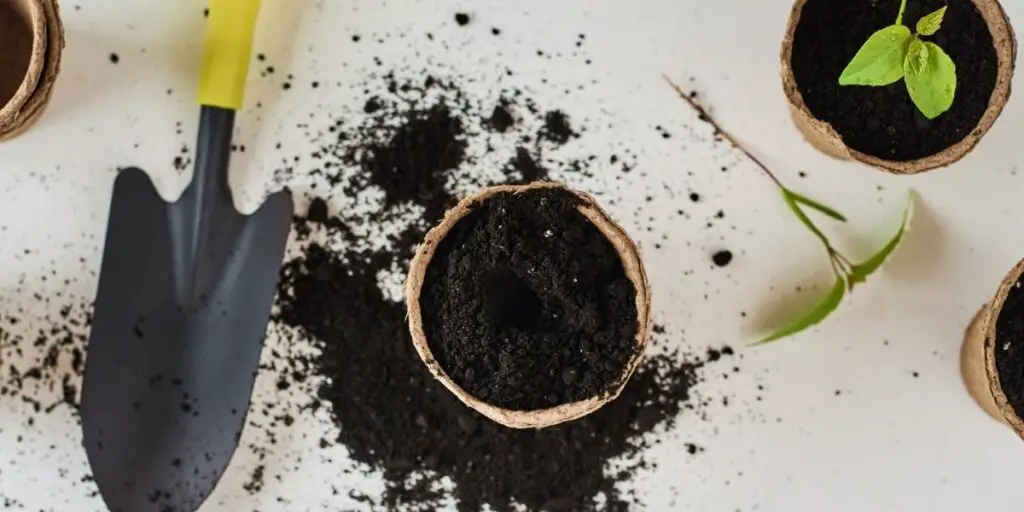We're an affiliate
We hope you love the products we recommend! Just so you know, we may collect a share of sales or other compensation from the links on this page. Thank you if you use our links, we really appreciate it!

If you want to ensure that your plants grow healthy and strong, then you need to start with sterile potting soil. This is not as difficult as it may seem.
In fact, there are a few different ways that you can go about sterilizing potting soil. In this blog post, we will discuss the four most popular methods to sterilize potting soil. We will also provide tips on how to choose the right potting soil for your plants!
Table of Contents
How to sterilize potting soil using different methods
1. How to sterilize potting soil in the microwave
If you are short on time, then sterilizing your potting soil in the microwave is the way to go. Simply place your potting soil in a microwave-safe container and heat it on high for two minutes. Let the soil cool completely before using it.
This method is effective, but it does have a drawback. that it can be difficult to evenly heat the potting soil in a microwave.
2. How to sterilize potting soil in the oven
If you have a little more time, then sterilizing your potting soil in the oven is a great option. Simply spread your potting soil out on a baking sheet and bake it at 200 degrees Fahrenheit for 30 minutes. Let the soil cool completely before using it.
This method is effective, but it can be time-consuming. Additionally, you will need to be careful not to overheat the potting soil, as this can damage the nutrients in the soil.
3. How to sterilize potting soil with boiling water
boiling water is an effective way to sterilize potting soil. Boiling water kills both bacteria and viruses, making it safe for use with plants. To sterilize potting soil, simply bring a pot of water to a boil and mix in the desired amount of soil. Allow the mixture to boil for at least five minutes before removing it from the heat. Once the soil has cooled, it is ready to be used for planting.
4. How to sterilize potting soil with hydrogen peroxide
One way to sterilize potting soil is to mix hydrogen peroxide with water. The ratio of hydrogen peroxide to water will vary depending on the concentration of the hydrogen peroxide. However, a good starting point is to mix one part hydrogen peroxide with nine parts water. Once the mix is complete, simply soak your potting soil in it for 30 minutes. After 30 minutes, remove the potting soil and allow it to drain before using it to plant new seeds or seedlings.

Which of these methods is best for you and your plants?
The best way to sterilize potting soil will depend on your personal preferences and the needs of your plants. If you are short on time, then the microwave method is a great option. However, if you have more time to spare, then the oven or boiling water methods will work just as well. Additionally, if you are concerned about the potential for over-sterilization, then the hydrogen peroxide method is effective and a good option.
Can you sterilize your potting soil with alcohol?
Can you sterilize your potting soil with alcohol? Yes, but it’s not the most effective method. Alcohol will kill most bacteria and fungi, but it won’t necessarily remove all of the contaminants from your soil. If you’re looking for a more thorough sterilization method, consider using boiling water or the oven solution.
Conclusion
Sterilizing potting soil is an important part of ensuring that your plants grow healthy and strong. While it may seem like a daunting task, it is actually quite simple to do. There are a few different methods that you can use to sterilize potting soil, and the best method for you will depend on your personal preferences and the needs of your plants. Whichever method you choose, be sure to follow the instructions carefully to ensure that your potting soil is properly sterilized.

